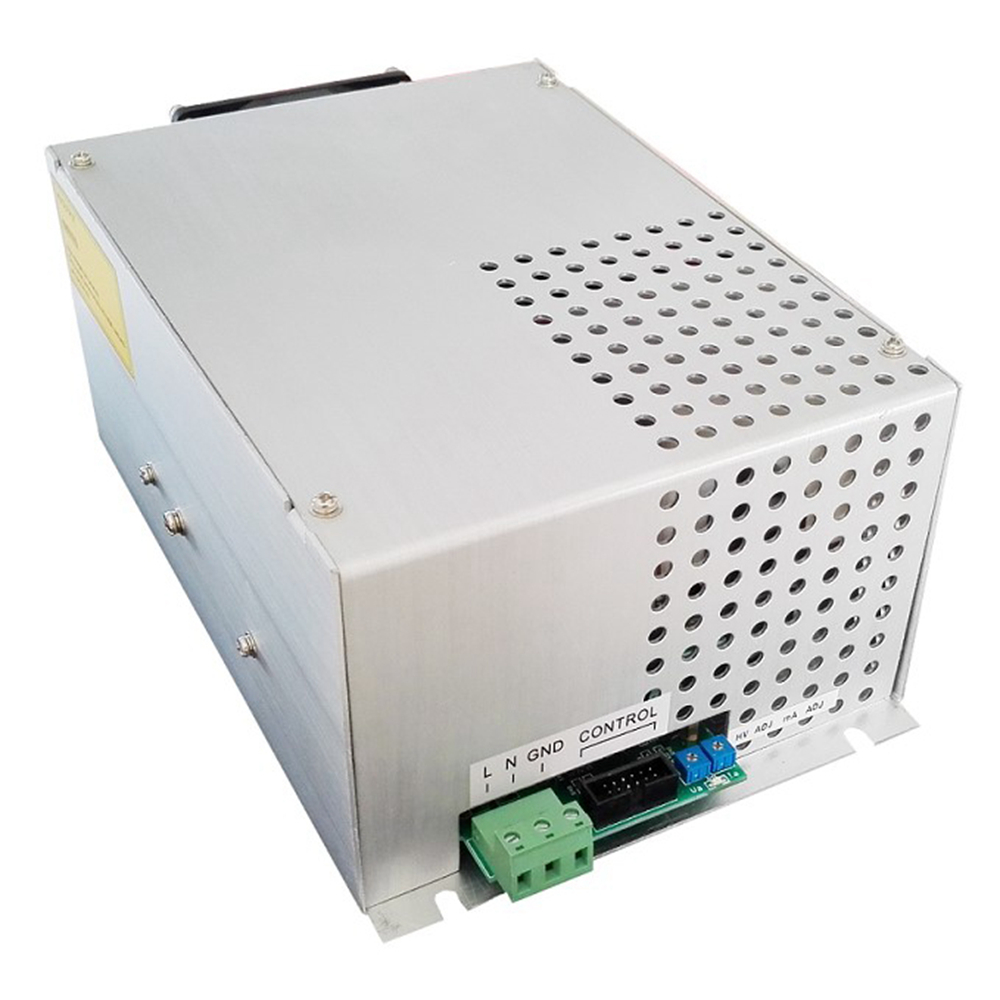In Linux, network programming is achieved through the socket interface, which functions similarly to a file descriptor. Just like opening a file, sockets have a function call that returns an integer representing the socket descriptor. This descriptor is then used for establishing connections and transferring data.
There are three common types of sockets:
1. **Stream Socket (SOCK_STREAM)**: These provide reliable, connection-oriented communication using the TCP protocol. They ensure data is transmitted correctly and in order.
2. **Datagram Socket (SOCK_DGRAM)**: These offer a connectionless service, where data is sent as independent messages. They use UDP, and there is no guarantee of delivery or order.
3. **Raw Socket**: These allow direct access to lower-level protocols such as IP or ICMP. While powerful, they are more complex to use and are typically reserved for specialized protocol development.
To store socket information, structures like `sockaddr` and `sockaddr_in` are used. The `sockaddr` structure contains the address family and the actual address data, while `sockaddr_in` provides more specific details such as port number and IP address.
Common values for `sa_family` include:
- `AF_INET`: IPv4
- `AF_INET6`: IPv6
- `AF_LOCAL`: UNIX Domain
- `AF_LINK`: Link Address
- `AF_KEY`: Key socket
When dealing with data transmission over networks, byte ordering is important. Computers may use either big-endian (high-order byte first) or little-endian (low-order byte first). For network communication, big-endian is standard. To handle this, functions like `htons()`, `ntohs()`, `htonl()`, and `ntohl()` are used to convert between host and network byte orders.
For IP address handling, several functions are available:
- `inet_aton()` converts a dotted decimal string to a 32-bit integer.
- `inet_ntoa()` converts a 32-bit integer back to a dotted decimal string.
- `inet_addr()` converts a string to a long integer.
- `inet_pton()` and `inet_ntop()` are more modern, supporting both IPv4 and IPv6.
When working with hostnames instead of IP addresses, functions like `gethostbyname()` and `gethostbyaddr()` are used. These functions return a `hostent` structure containing information about the host, including its official name, aliases, address type, and address list.
The basic socket functions include:
- `socket()`: Creates a new socket.
- `bind()`: Binds the socket to an IP address and port.
- `listen()`: Listens for incoming connections.
- `accept()`: Accepts a connection from a client.
- `connect()`: Connects to a server.
- `send()`/`recv()`: Send and receive data.
- `sendto()`/`recvfrom()`: Used with datagram sockets.
For a **TCP server**, the flow is: create socket → bind → listen → accept → process → close.
For a **TCP client**, the flow is: create socket → connect → send/recv → close.
A simple loop-based server might look like this:
```c
socket(...);
bind(...);
listen(...);
while (1) {
accept(...);
process(...);
close(...);
}
```
These functions form the foundation of network communication in Linux, enabling developers to build robust and efficient applications.
The HV power module is also equipped with a DB9 interface to facilitate the bus control of embedded installation equipment. Customers can apply 0-10V signals and dry contact signals to the interface according to our interface definition to achieve comprehensive control and monitoring functions on the power supply, like high voltage start / stop, output setting and reading.
The CCP1000 high voltage power modules are equipped with complete protection functions, which can deal with sparking, short-circuit, and overload conditions. With the discharge protection circuit recommended by iDealTek-Electronics, the high-voltage module can also cope with conventional capacitor charging and discharging conditions.
At present, the high voltage power modules are mainly used in air or oil fume purification, capacitor charging and other application fields that require a high-voltage power module that can be embedded installation.
The CCP1000 series high-voltage power supply module is a single-phase 220Vac input modular high-voltage power supply. The whole series adopts unified small and compact aluminum chassis with the designed output power at 1KW, and the output voltage levels at 5KV / 10KV / 20KV / 30KV / 40KV / 50KV for selection.

The HV power module is also equipped with a DB9 interface to facilitate the bus control of embedded installation equipment. Customers can apply 0-10V signals and dry contact signals to the interface according to our interface definition to achieve comprehensive control and monitoring functions on the power supply, like high voltage start / stop, output setting and reading.
The CCP1000 high voltage power modules are equipped with complete protection functions, which can deal with sparking, short-circuit, and overload conditions. With the discharge protection circuit recommended by iDealTek-Electronics, the high-voltage module can also cope with conventional capacitor charging and discharging conditions.
At present, the high voltage power modules are mainly used in air or oil fume purification, capacitor charging and other application fields that require a high-voltage power module that can be embedded installation.
High Voltage Module,High Voltage Power Module,High Voltage Booster Module,High Voltage Power Supply Module
Yangzhou IdealTek Electronics Co., Ltd. , https://www.idealtekpower.com
